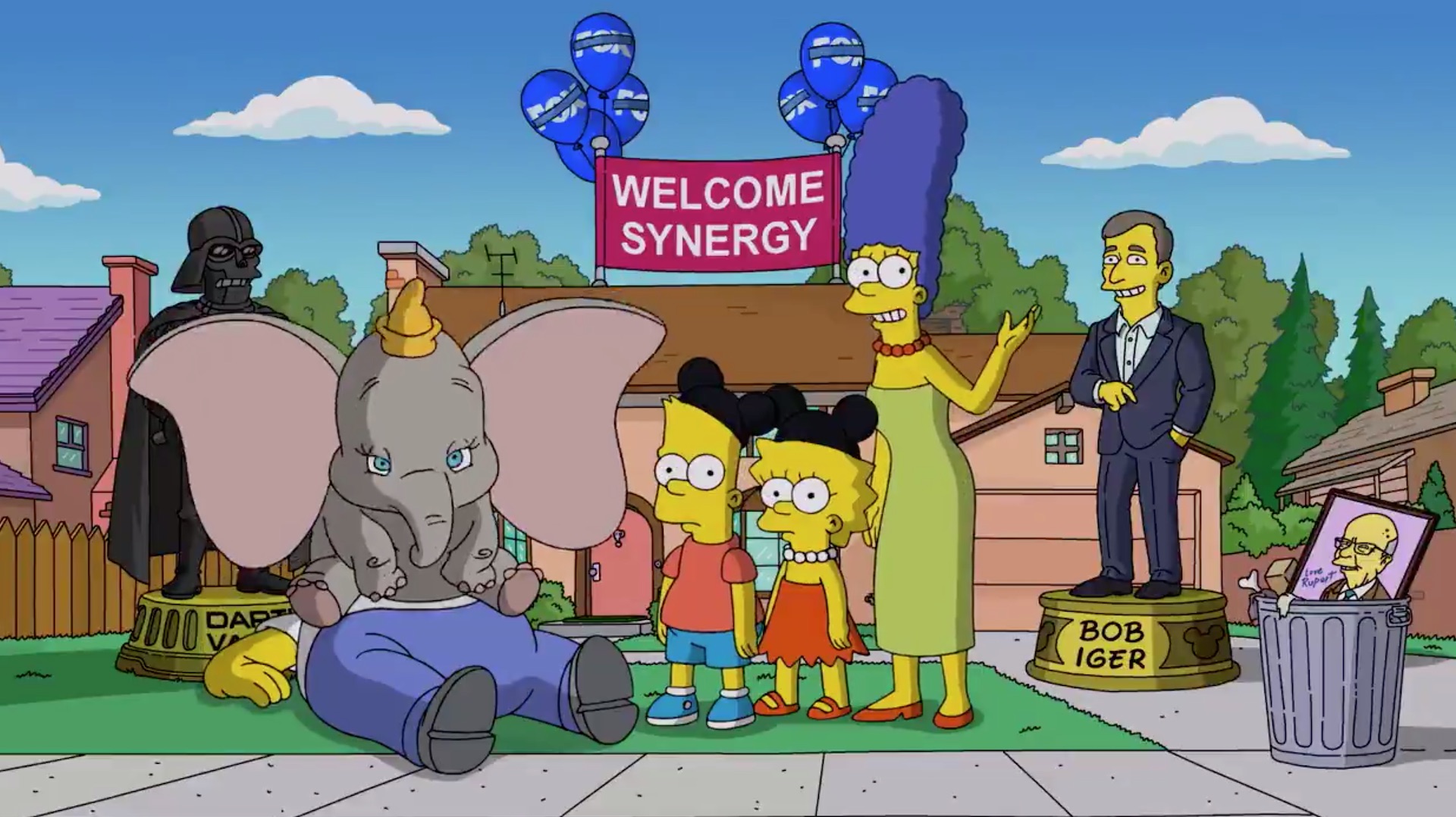ThinkVision —
For workers who need to go from 4K to 3D.
–
Lenovo’s depiction of the 3D effect on its ThinkVision 27 3D Monitor.
Lenovo
The ports.
Lenovo
Left side.
Lenovo
Right side.
Lenovo
Back of the monitor.
Lenovo
A close-up of the controls on the front bezel.
Lenovo
Lenovo’s next 27-inch 4K monitor is unlike any display it has released before. Featuring a lenticular lens and real-time eye-tracking, it’s a 3D monitor that doesn’t require any glasses. Other companies are already pushing stereoscopic products, but Lenovo’s ThinkVision 27 3D Monitor, announced at the IFA conference today, takes the glasses-free experience to a bigger screen.
The technology behind Lenovo’s 3D monitor and the accompanying software, 3D Explorer, are proprietary, a Lenovo spokesperson confirmed to Ars. 3D Explorer includes a 3D player and SDK for building 3D apps. Lenovo is targeting the monitor and app at content creators, like 3D graphic designers and developers.
Like other glasses-less 3D screens, the ThinkVision works by projecting two different images to each of your eyes, resulting in a 3D effect where, as PR images would have you believe, it appears that the images are popping out of the screen. Lenovo says the monitor’s 3D resolution is 1920×2160. The lenticular lens in the monitor is switchable, allowing for normal, 2D viewing at 3840×2160, too.
I asked Lenovo’s spokesperson how Lenovo’s technology differs from the Simulated Reality glasses-free 3D platform from Netherlands-based company Dimenco used by Acer, Asus, and others. The rep said they weren’t familiar enough with the products to make a comparison. But at least in the case of real products, the ThinkVision’s design stands out from Acer’s glasses-free 3D portable monitors and Acer and Asus’ 3D laptops.
The ThinkVision’s 27-inch display gives workers a bigger palette. It also means the monitor can be a regular 2D monitor when needed.
PCMag had a “brief demo” with Lenovo’s upcoming monitor, viewing a red race car model “suspended in 3D,” representing a potential use case for creators. The publication said the 3D was impressive and the monitor “would no doubt be useful to those who spend lots of time building 3D objects in software.”
However, PCMag noted that the racecar “blurred slightly when viewed from the sides.” The 3D experience is also limited to one user at a time. Lenovo says 3D can be viewed from a 23.6 to 39.4-inch distance.
To enjoy the monitor’s hat trick, you’ll need a Windows 10 or later PC meeting certain requirements. But for a pro-3D content creator, the spec requirements are modest because Lenovo claims the monitor reduces the need for “additional computing power for 3D rendering”:
- Intel Core i5-7400 at 3 GHz or better
- Nvidia GeForce GTX 1050 or better
- 16GB DDR5 RAM or better.
As a regular 2D monitor, the ThinkVision’s specs are pretty standard. It’s a 4K IPS screen claiming a 60 Hz refresh rate, 310 nits, a 1,000:1 contrast ratio, and 99 percent DCI-P3 and Adobe RGB color coverage with a Delta E under 2.
Like a proper workplace monitor, there’s also a strong port selection: two HDMI 2.1, one DisplayPort 1.4, four USB-A (3.1 Gen 1) ports, one USB-C port (3.2 Gen 1) with up to 15 W power delivery, RJ45, a 3.5mm jack, plus an upstream USB-C port with up to 100 W power delivery.
Glasses-free 3D is having a bit of a moment, with Lenovo being the latest major PC OEM to release a screen with stereoscopic views. It’s a niche product category, of course, but some publications, like PCWorld and CNET, that have tried newer releases have said that they are much better than the 3D TVs that required glasses, which you don’t see anymore. PCWorld has argued that improvements in screen quality, like higher resolutions, have improved home 3D experiences and can add depth to games that support 3D effects.
With its new monitor, Lenovo is targeting the most serious players within the 3D-sans-glasses niche: pro content creators. That may be a niche within a niche, but at least there’s added versatility in the monitor being an acceptable, albeit not amazing, workplace monitor when not using 3D. If Lenovo’s homemade 3D tech is comparable to what Dimenco’s licensing and demand meets expectations, Lenovo could carve out an early place in the market, serving the type of users with the most to gain from accessible 3D experiences.
Lenovo expects to release its 3D monitor in January for $2,999.
Listing image by Lenovo
Note: This article have been indexed to our site. We do not claim legitimacy, ownership or copyright of any of the content above. To see the article at original source Click Here













